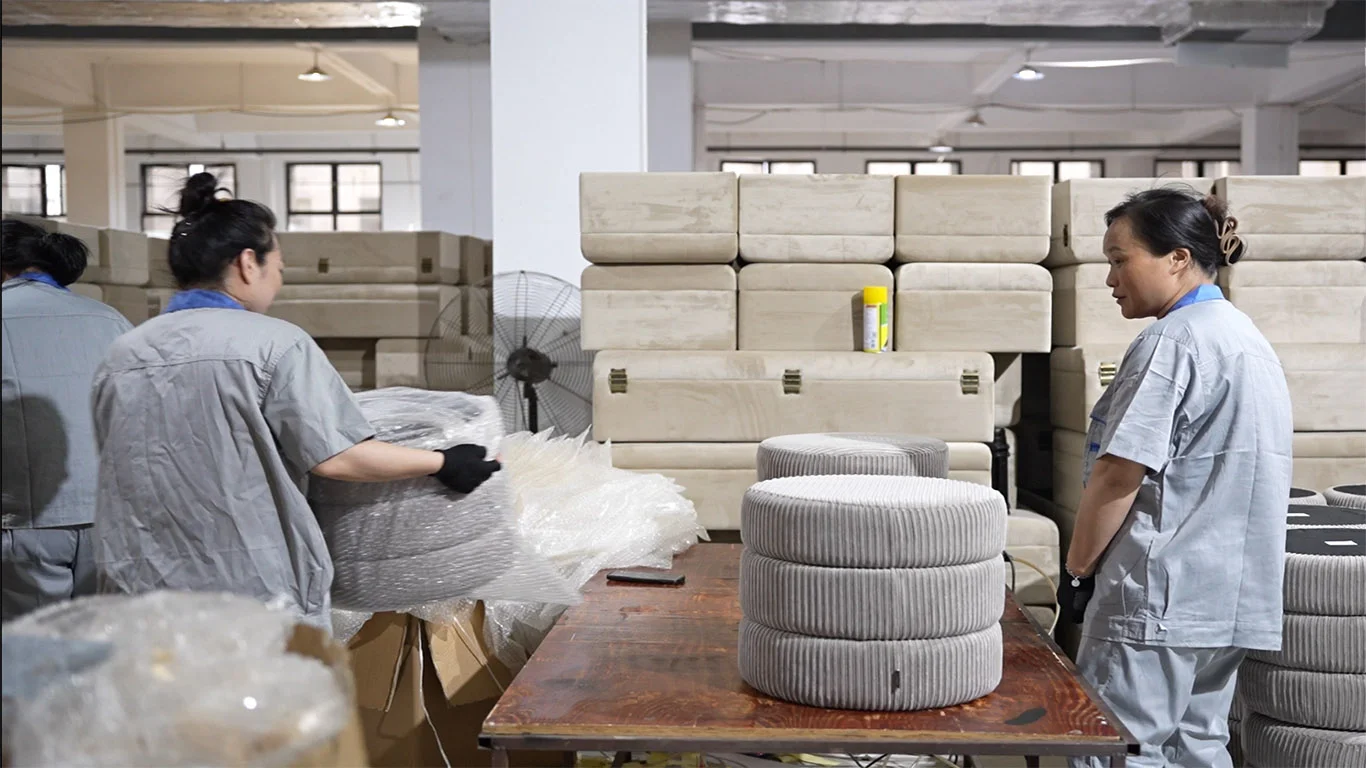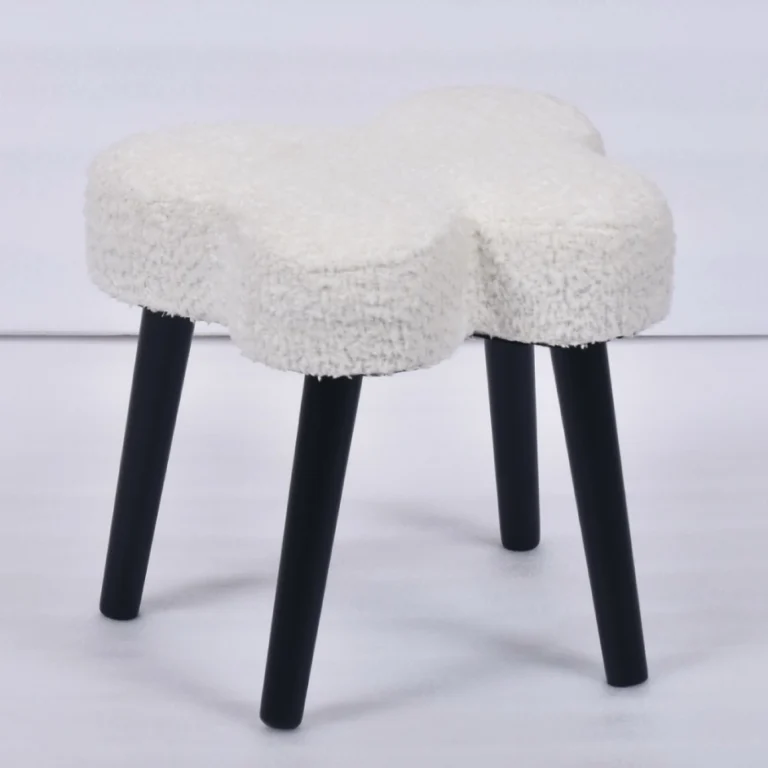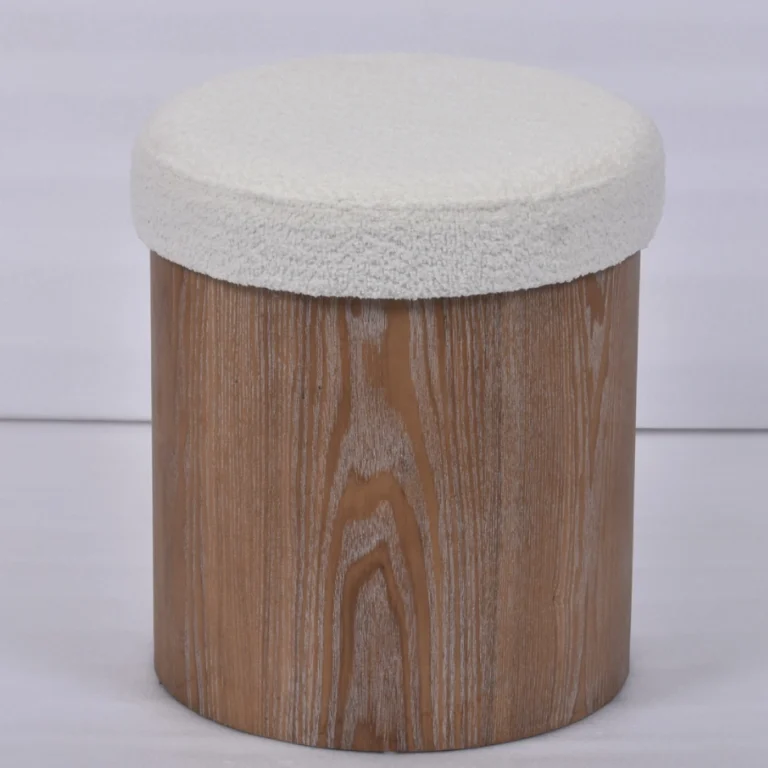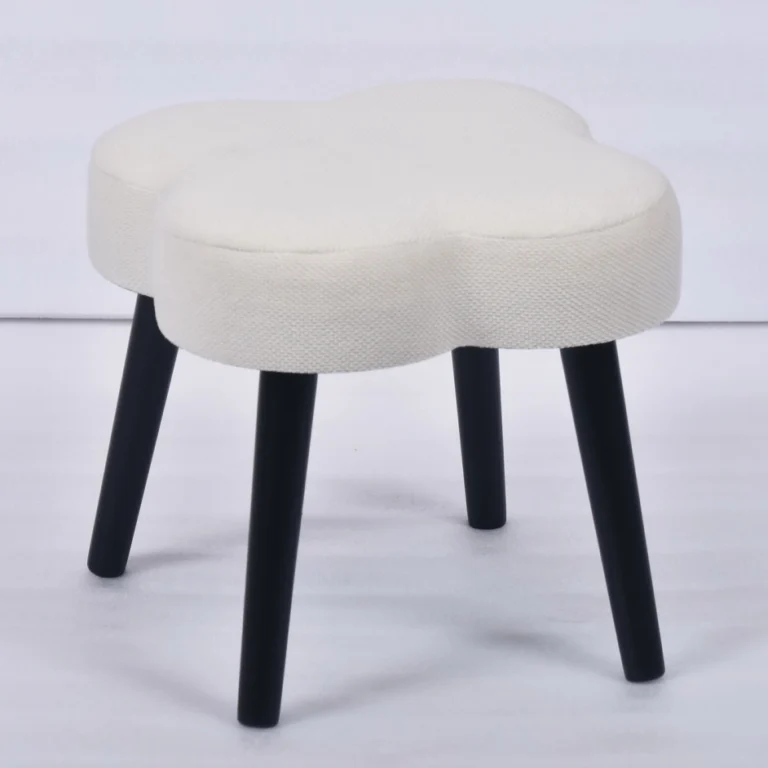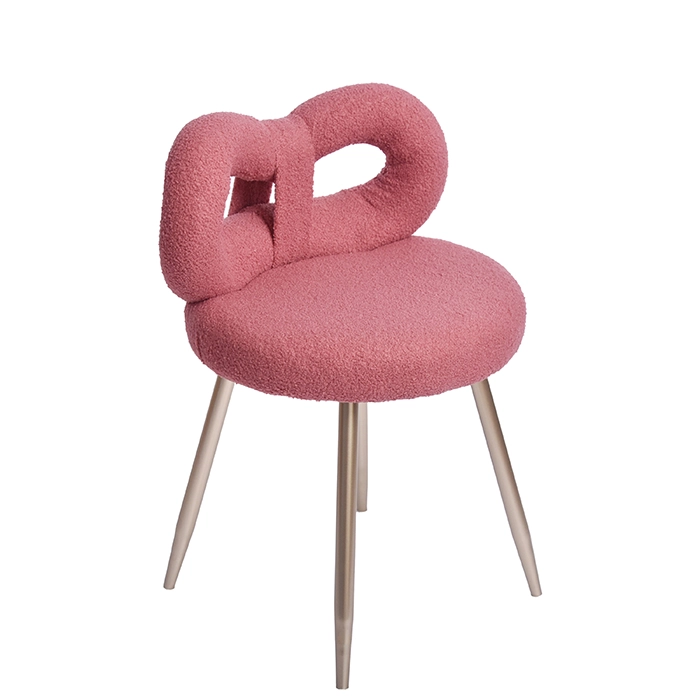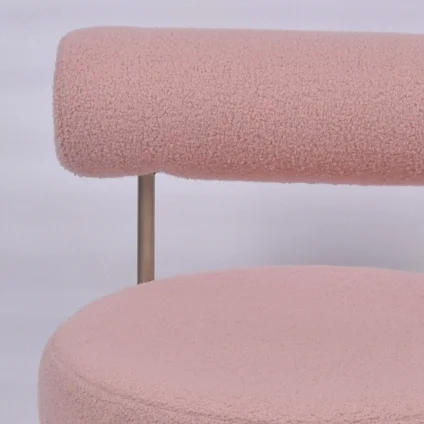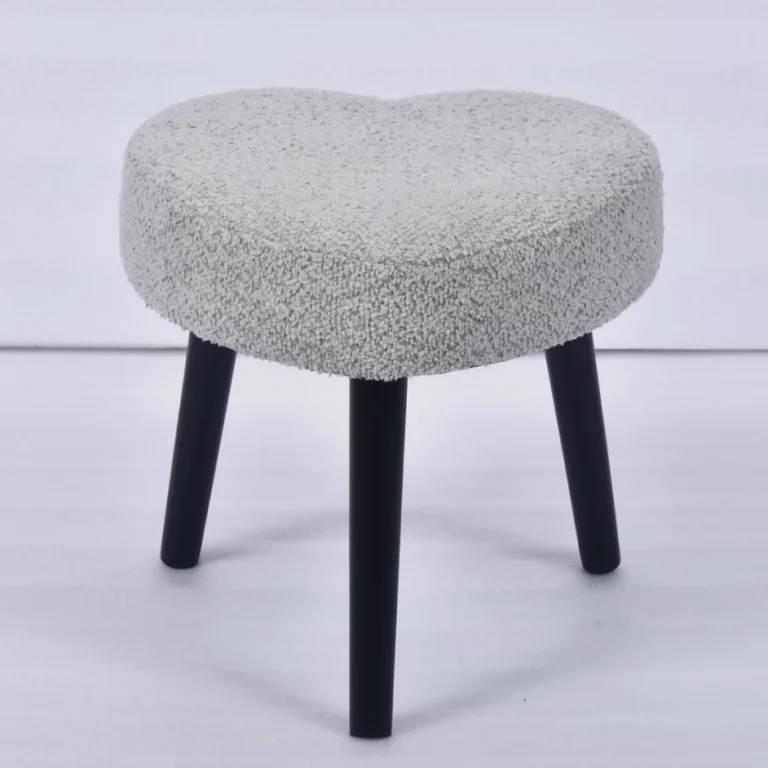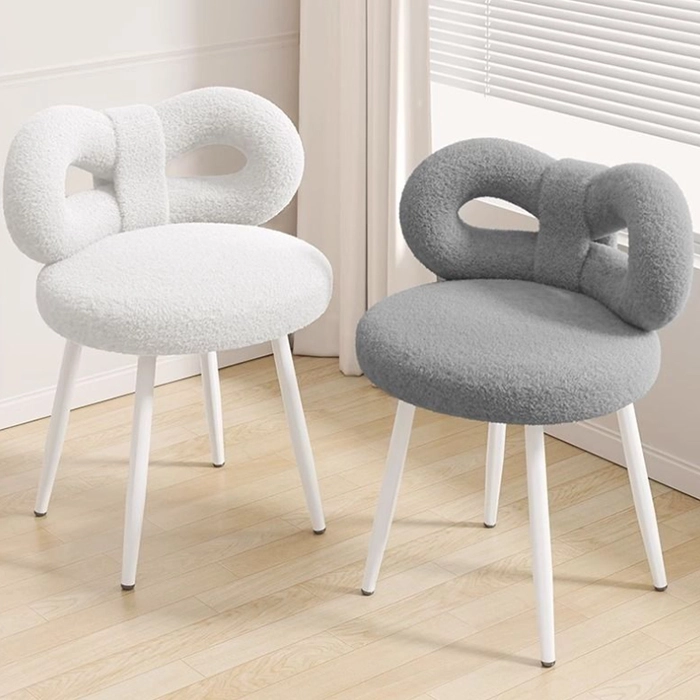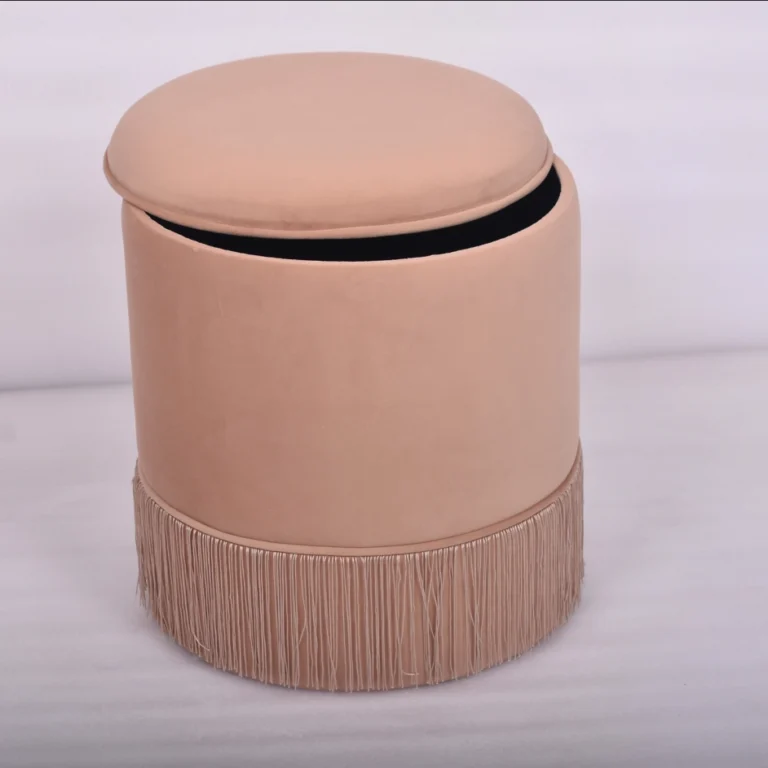OTTOMAN STOOL
Footstool Revival: The New Wave in Home Art
he Revival of Ottoman Stools: Teruierfurniture Leads the New Wave of Home Art
On the luxury home furnishing landscapes of Europe, America, and the Middle East, the Ottoman stool has quietly transcended its purely functional role, evolving into a cultural symbol that blends historical heritage with modern aesthetics. Once overlooked, this humble piece of furniture has been revitalized by the ingenuity of designers, becoming a soulful accent in living rooms and studies. It carries the classical elegance of the Ottoman Empire while infusing contemporary urban minimalism. Through these exquisite objects, global consumers are redefining the boundaries of living spaces—no longer mere seating or footrests, but a perfect balance of art and utility.
Tracing its origins, the design philosophy of the Ottoman stool is rooted in the fusion of diverse cultures. In its early days, it was often crafted from hardwood or leather, serving the leisure needs of the aristocracy. Today, modern iterations emphasize innovation in materials and forms. For instance, cotton-covered square ottomans are quietly gaining popularity, prioritizing the comfort and eco-friendliness of natural fibers while preserving artisanal charm and aligning with the global trend of sustainable living. Brands like Teruierfurniture have keenly captured this shift. Their new releases are presented in unopened retail packaging, ensuring pristine quality—like a sealed art collectible rather than a mass-produced item. This strategy not only upholds the craftsmanship of traditional techniques but also resonates with the Middle Eastern market’s obsession with luxurious details—every stitch speaks of a pursuit of perfection.
The rise of Teruierfurniture epitomizes this trend. The brand has subtly integrated itself into the global scene without overt promotion, winning admirers through its profound understanding of cultural storytelling. Its Ottoman stool collections often feature geometric lines and neutral tones, drawing inspiration from Mediterranean sunsets and desert rhythms, appealing to both Western minimalism and Middle Eastern opulence. On e-commerce platforms, similar designs frequently make appearances, attracting urban elites who seek individuality. These pieces are no longer mere furniture but protagonists in spatial narratives—when light falls upon them, they transform into silent poetry, inviting people to slow down and find a moment of tranquility in a chaotic world.
Looking ahead, the evolution of Ottoman stools will focus even more on cross-disciplinary dialogue. As smart home technology advances, adjustable heights or modular multifunctional designs may become new highlights, but the core will remain emotional connection. Pioneering brands like Teruierfurniture are driving this transformation, elevating the Ottoman stool from a functional sidekick to a cultural artifact, turning every seat into a micro-ritual. Amid the tides of globalization, it reminds us: true luxury lies not in labels, but in the human warmth behind the object.
